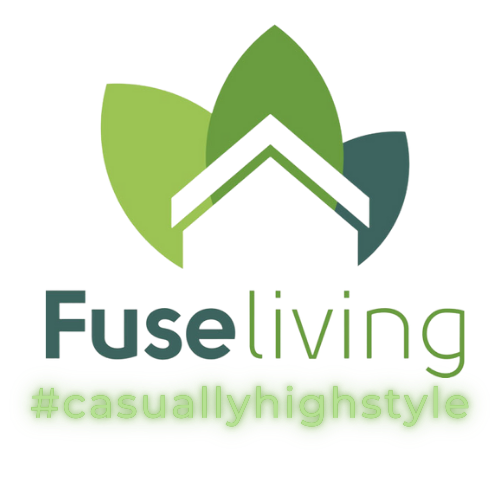Top Toxins in Your Home: Part II
A healthy home produces a healthy life. Here are some chemicals creeping their way into your home and ways to swap them out with products that will enable you to begin creating a clean and safe space out of your home.
Disclosure: There are many more toxins to look out for but avoiding these 10 (Top Toxins in Your Home: Part I) is a great place to begin cleaning out your home.
ANTIMICROBIALS
At first glance, antimicrobials don’t seem bad at all. An antimicrobial is an agent that kills microorganisms or stops their growth. This all sounds good, right? While antimicrobials are good for killing microorganisms, they are not the best for our health. Not only do antimicrobials contain chemicals with levels of toxicity but they can make one immune to antibiotics which can lead to even greater problems health-wise. Antimicrobials are to be used wisely and on a needs basis since they are found in most household cleaning products. For example, to clean up an overflow of a used bathroom toilet. The number one health risk that comes with the use of antimicrobials is a higher risk of catching severe infections or infections spreading.
WHAT TO DO?
Use products with antimicrobials wisely and when needed. They serve a purpose but are to not be overused. For daily cleaning purposes, look for a green alternative to keeping your house clean like the brands Mrs.Meyers and 7th Generation.
Antimicrobials are to be used when needed just like antibiotics.
FLUORINATED PRODUCTS
Fluorinated performance products are used to give products enhanced surface properties, such as water, oil, and stain resistance. Many textiles, such as carpeting and fabrics, are treated for stain-resistance with FluoroTechnology, making it easier to clean spills and extending the life of carpets and clothing. What they don't tell you is that fluorinated products are linked to many respiratory issues such as dyspnea, cough, and chest pain. More severe exposure may lead to respiratory failure, acute respiratory distress syndrome (ARDS), and even cancer. With that said, it is a serious issue, especially if used often.
WHAT TO DO?
There is not one non-toxic replacement to fluorinated stain treatments at the moment. The best one can do is use it when necessary and avoid it otherwise.
Less toxicity is better than high toxicity.
PVC
PVC, polyvinyl chloride, also known as vinyl is a synthetic thermoplastic. It is known as The Poison Plastic. It is found in packaging, home furnishings, children's toys, automobile parts, building materials, hospital supplies, and hundreds of other products. PVC contains chemicals such as dioxins, phthalates, vinyl chloride, ethylene dichloride, lead, cadmium, and organotins. Research shows, that there's no safe way to manufacture, use or dispose of PVC products. In other words, avoid it.
WHAT TO DO?
As stated above, avoid it. PVC is not essential. There are many alternatives out there to materials and products made with PVC. Some items may cost more but it is worth the price when considering one’s health.
Your health is worth more. It’s invaluable.
BPA & BPS
BPA and BPS are used to make transparent, hard plastic known as polycarbonate. BPS is a common replacement for BPA since public concern reduced the use of BPA in plastics. Studies show that the chemicals are similarly toxic. BPA/BPS are endocrine disruptors, and exposure may cause obesity, reproductive cancers, and infertility. BPA and BPS are often found in hard, clear plastic food or beverage containers, plastic furniture or decorations, paper, and many more items.
WHAT TO DO?
Like with any other toxin, the best thing to do is avoid it. There are so many alternatives to products that are produced with BPA such as glass, stainless steel, and plastics labeled with a 1, 2, or 5.
Avoid most plastic.
TRICLOSAN
Triclosan is an ingredient added to many consumer products intended to reduce or prevent bacterial contamination. They are found in soaps, furniture, kitchenware, and many products not regulated by the FDA. Exposures happen mainly by absorption through the skin or through the lining of the mouth. These exposures have resulted in contact dermatitis, or skin irritation, and an increase in allergic reactions. Studies have also found that Triclosan has contributed to making bacteria resistant to antibiotics.
WHAT TO DO?
Like anything bad, avoid it as much as possible. There are alternatives to soaps and detergents that are toxin-free like Mrs. Meyers mentioned above. In regards to furniture and other products, watch out for it and look for alternative options.
Switch everyday products to green products.
Have any questions about switching to a green home? Contact us. We’d love to help you create a space that is not only beautifully #casuallyhighstyle but healthy for you and your loved ones. Stay tuned for part 2 on toxins to look out for in your home.

